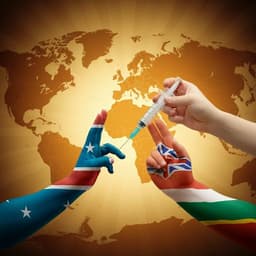
Political Science
North Korea's 'New DPRK' YouTube channel: new public diplomacy attempt or international propaganda? A case study
I. Goldman
This research by Iván Goldman examines the content of North Korea's 'New DPRK' YouTube channel, shedding light on its significance as either public diplomacy or international propaganda. Discover how 96 videos were analyzed through crucial frameworks of public diplomacy and soft power to draw compelling conclusions about their underlying intentions.
~3 min • Beginner • English
Related Publications
Explore these studies to deepen your understanding of the subject.







